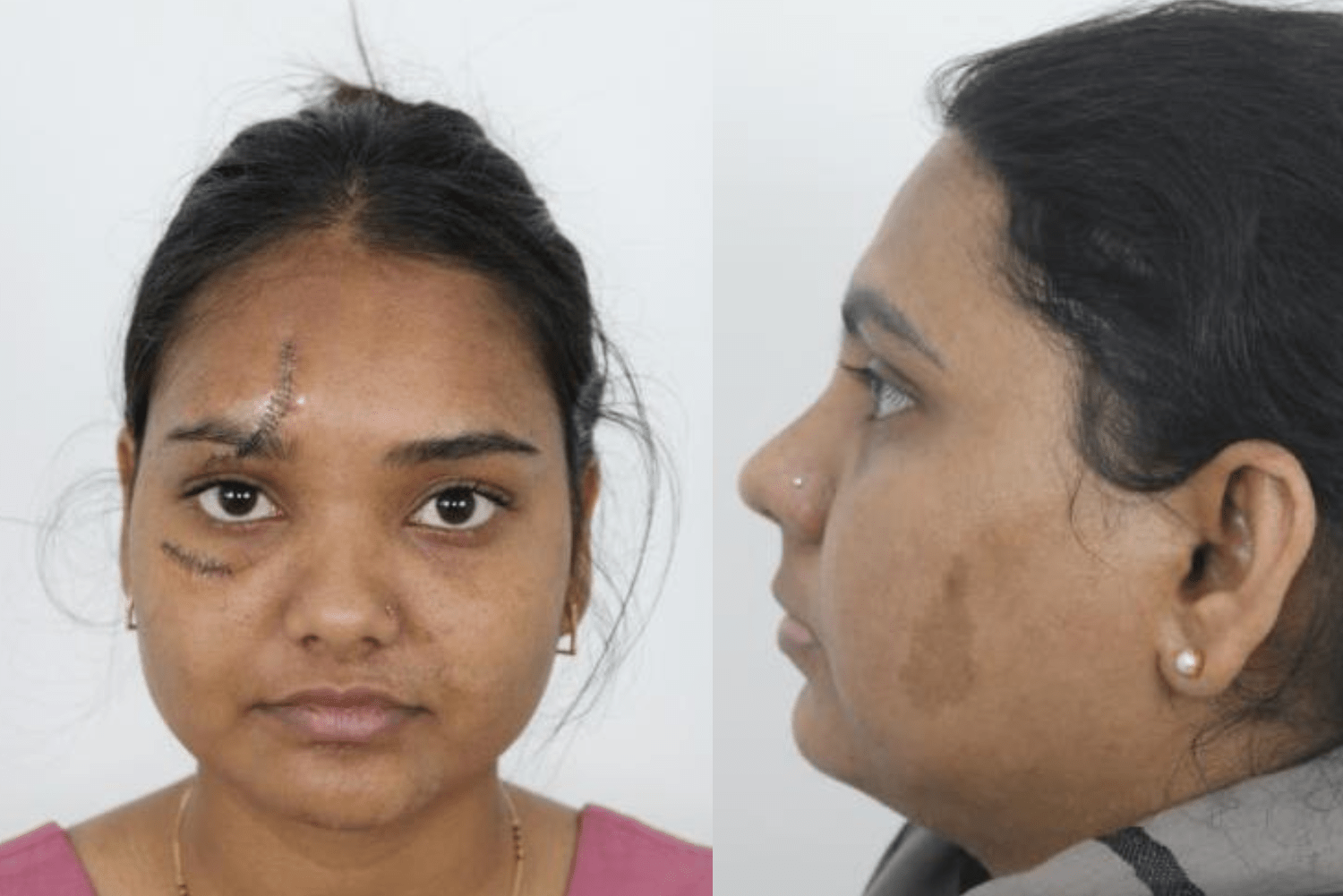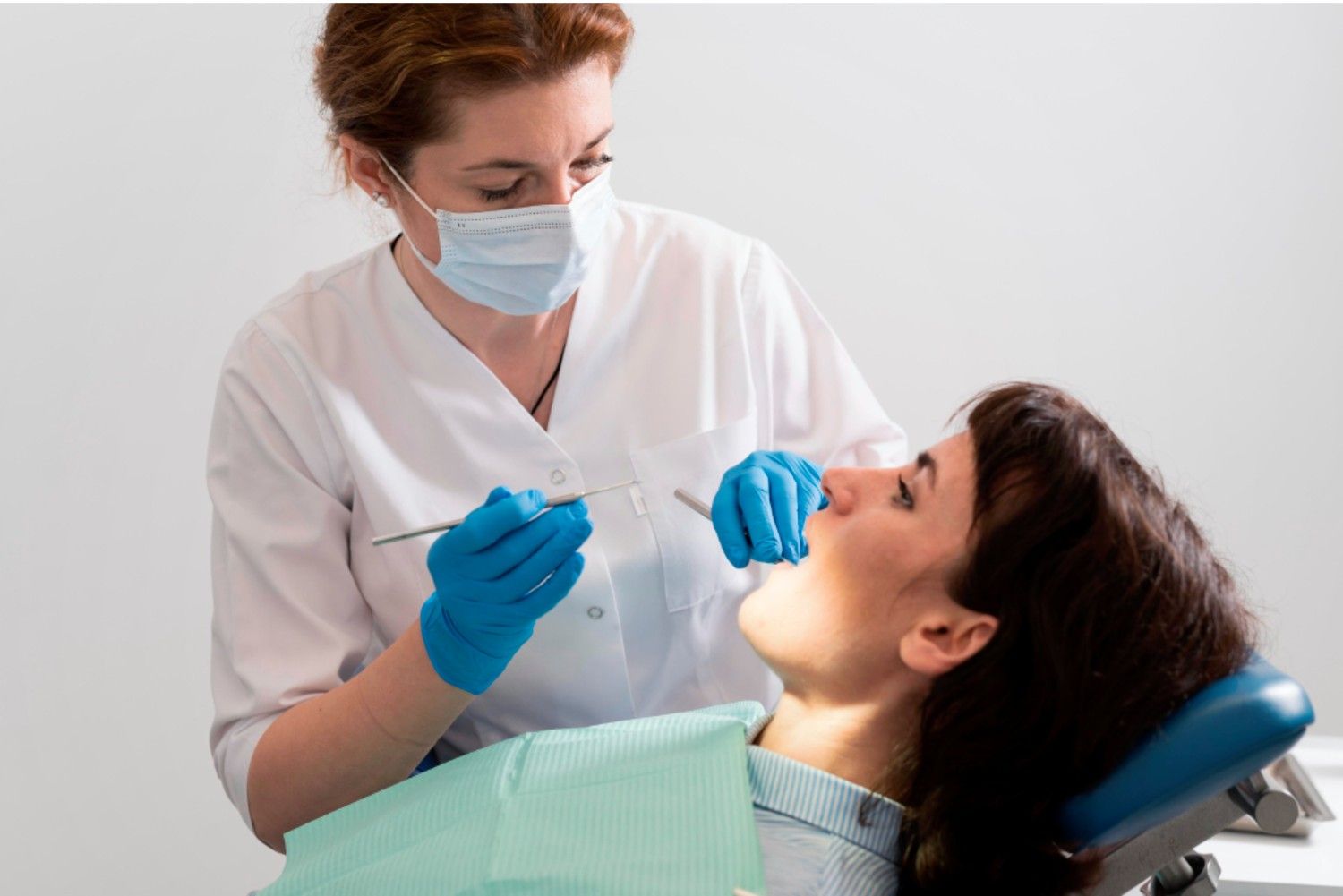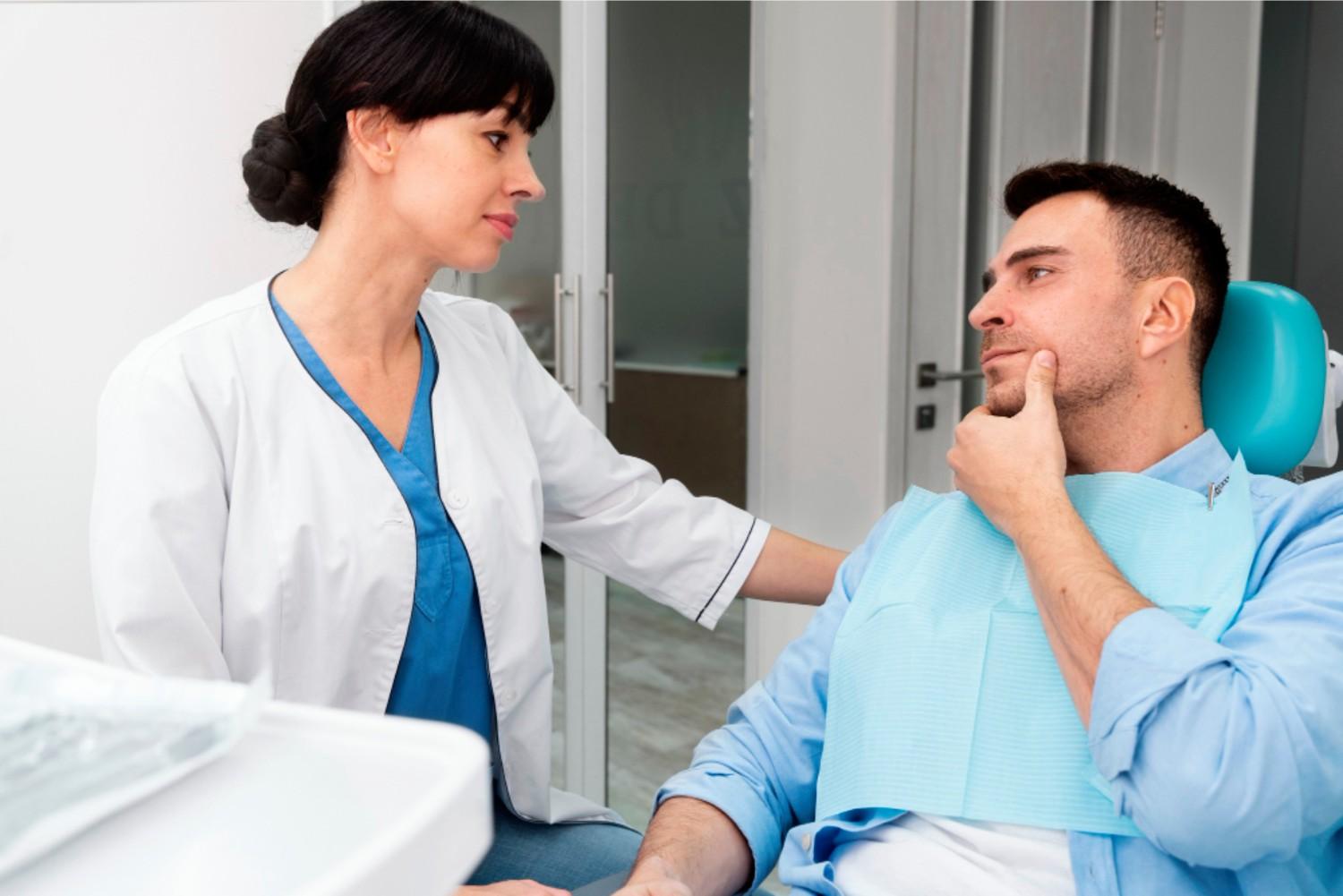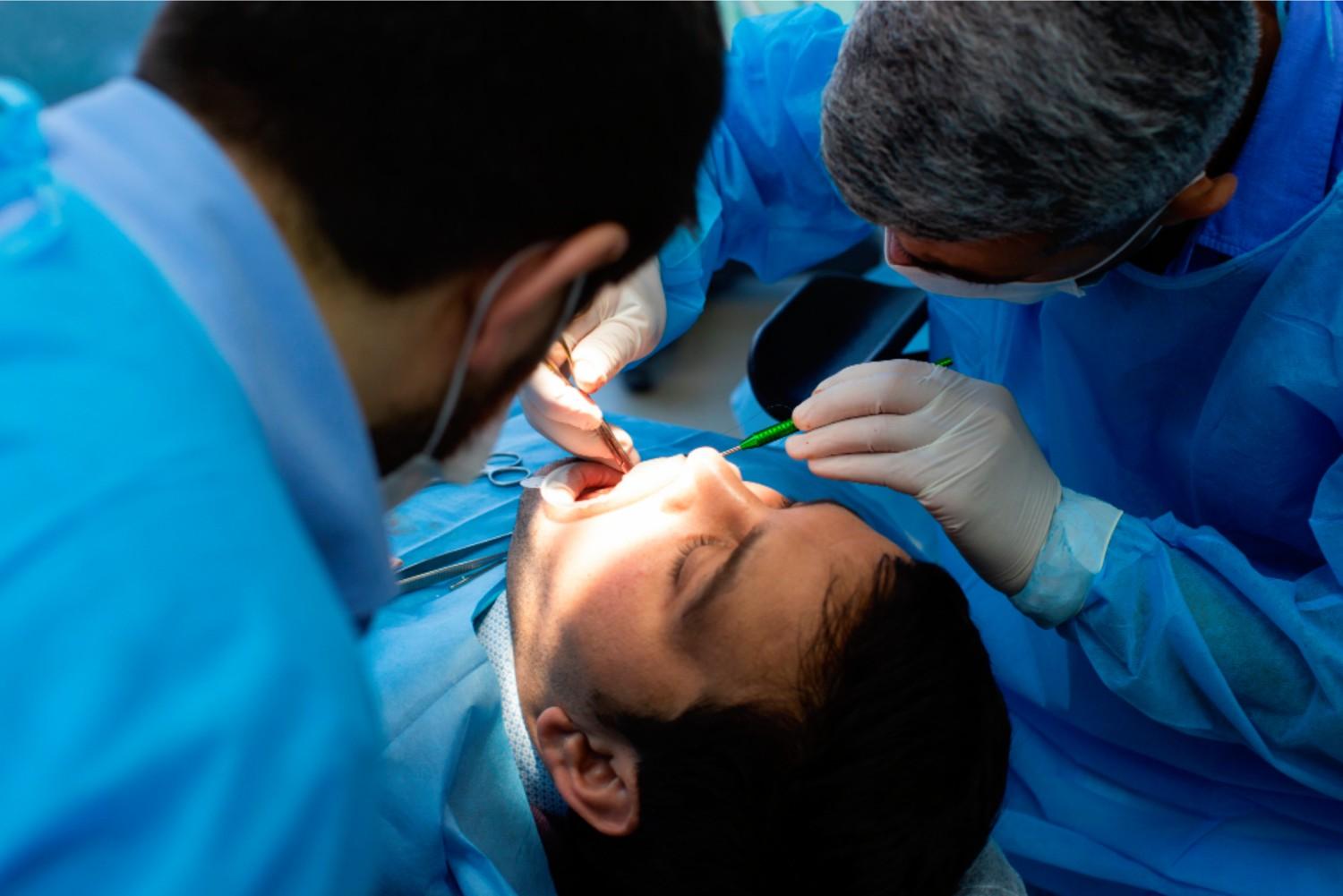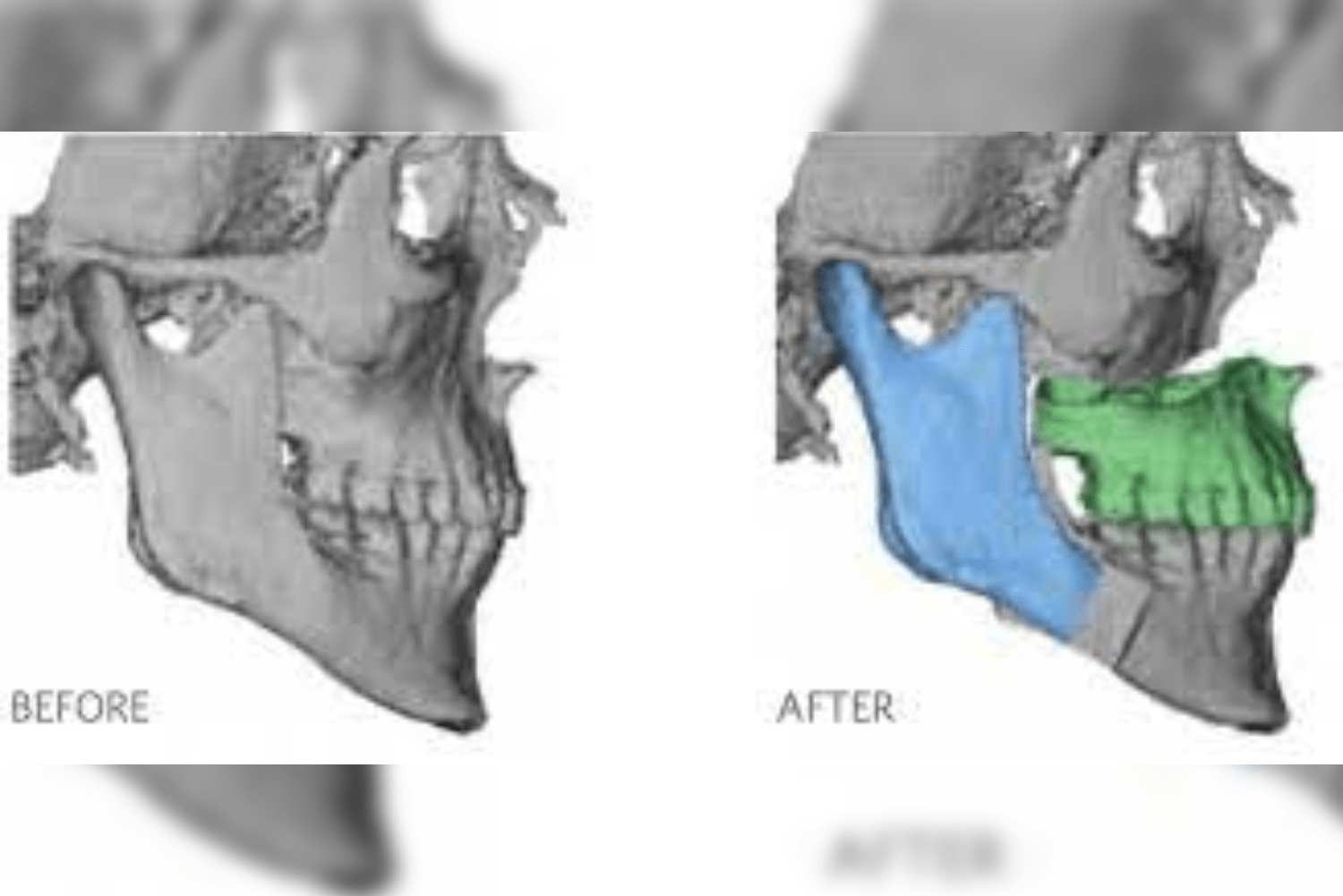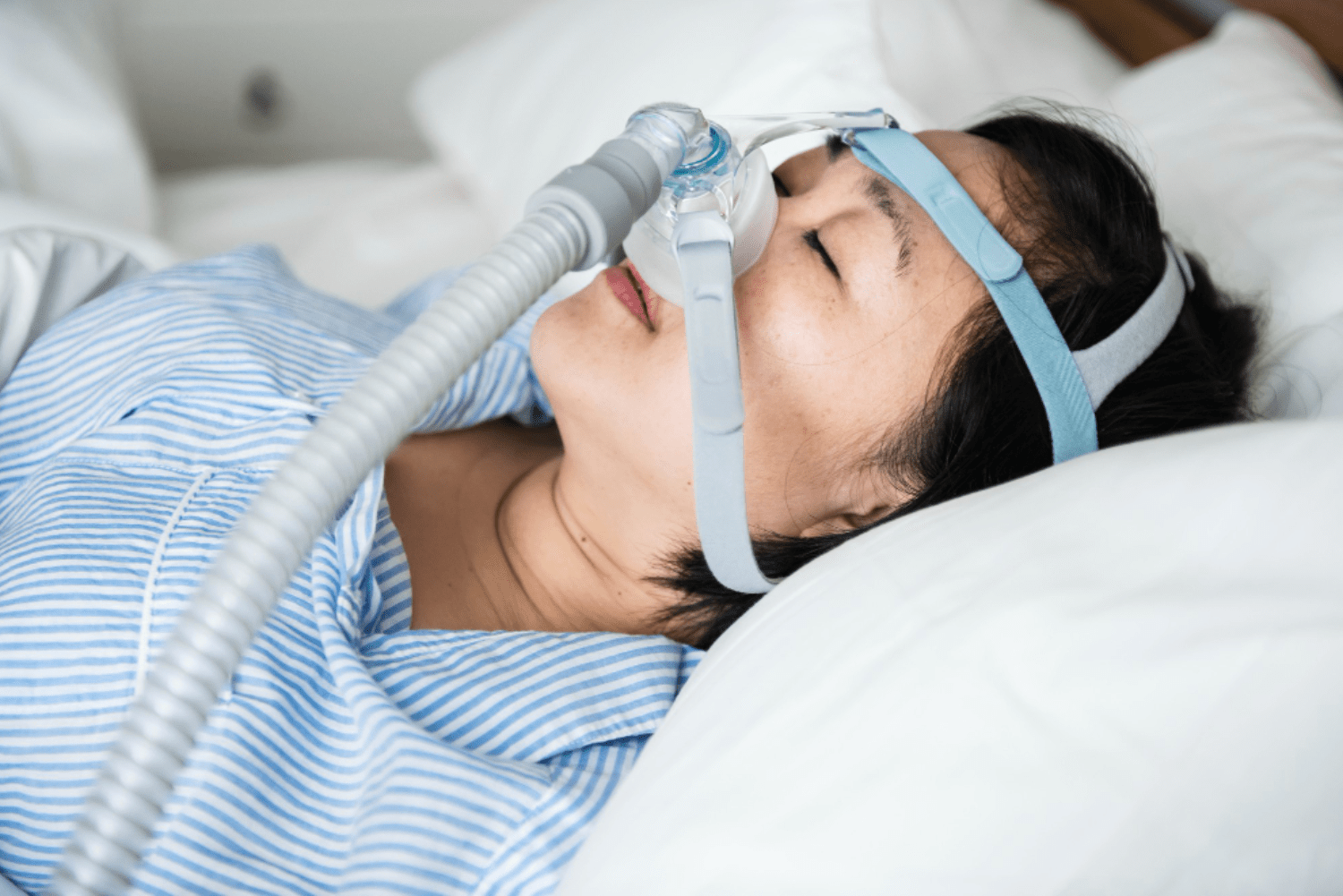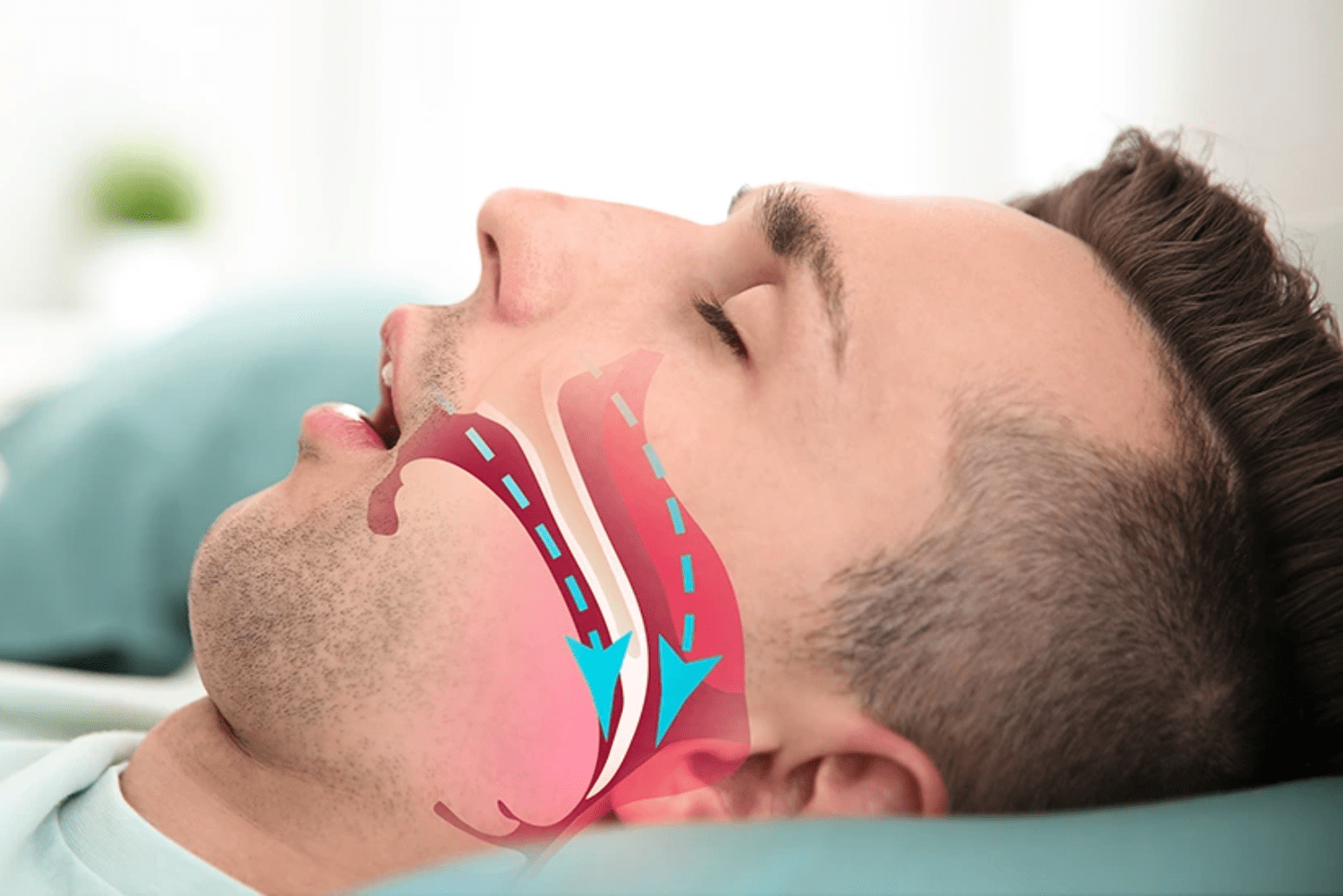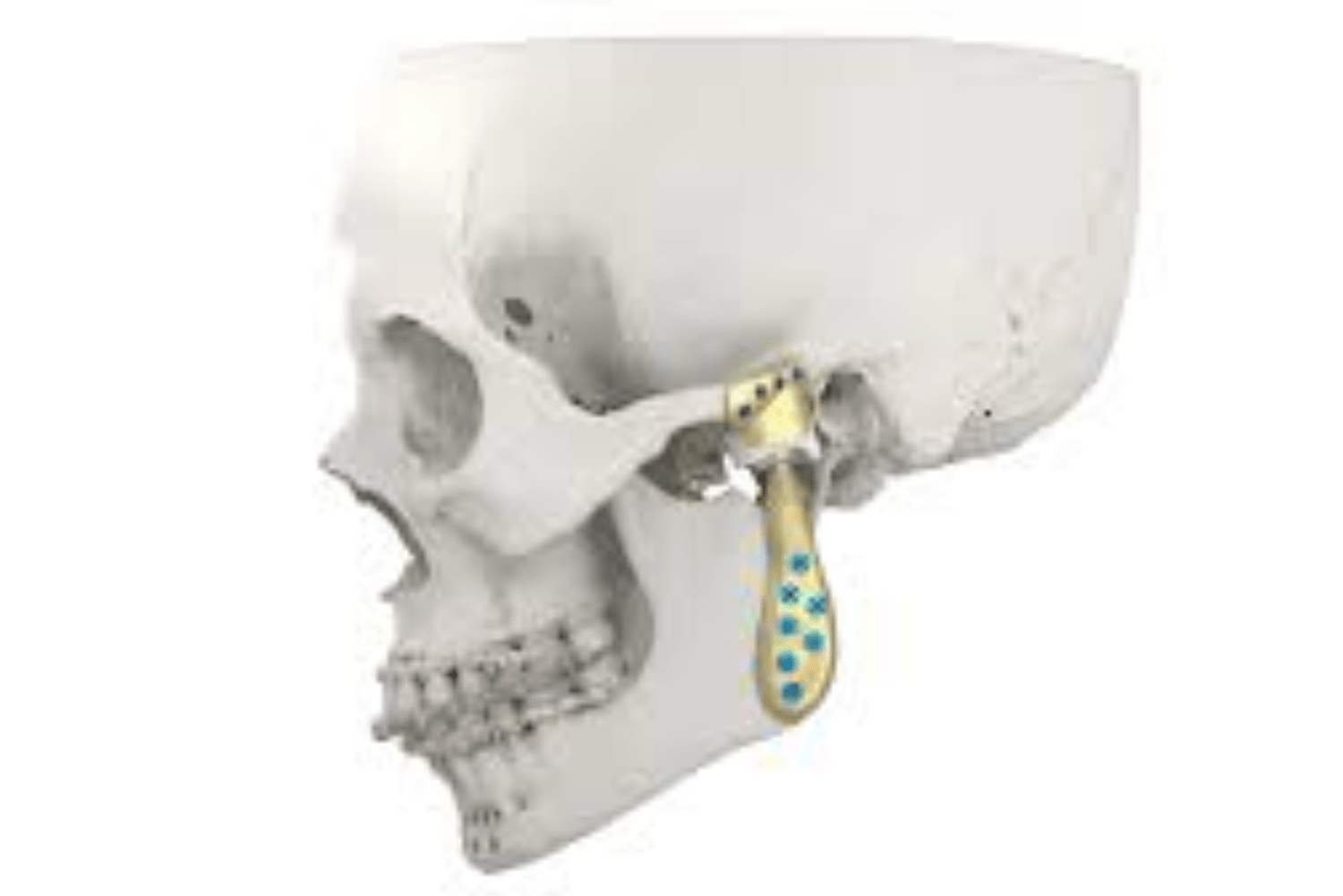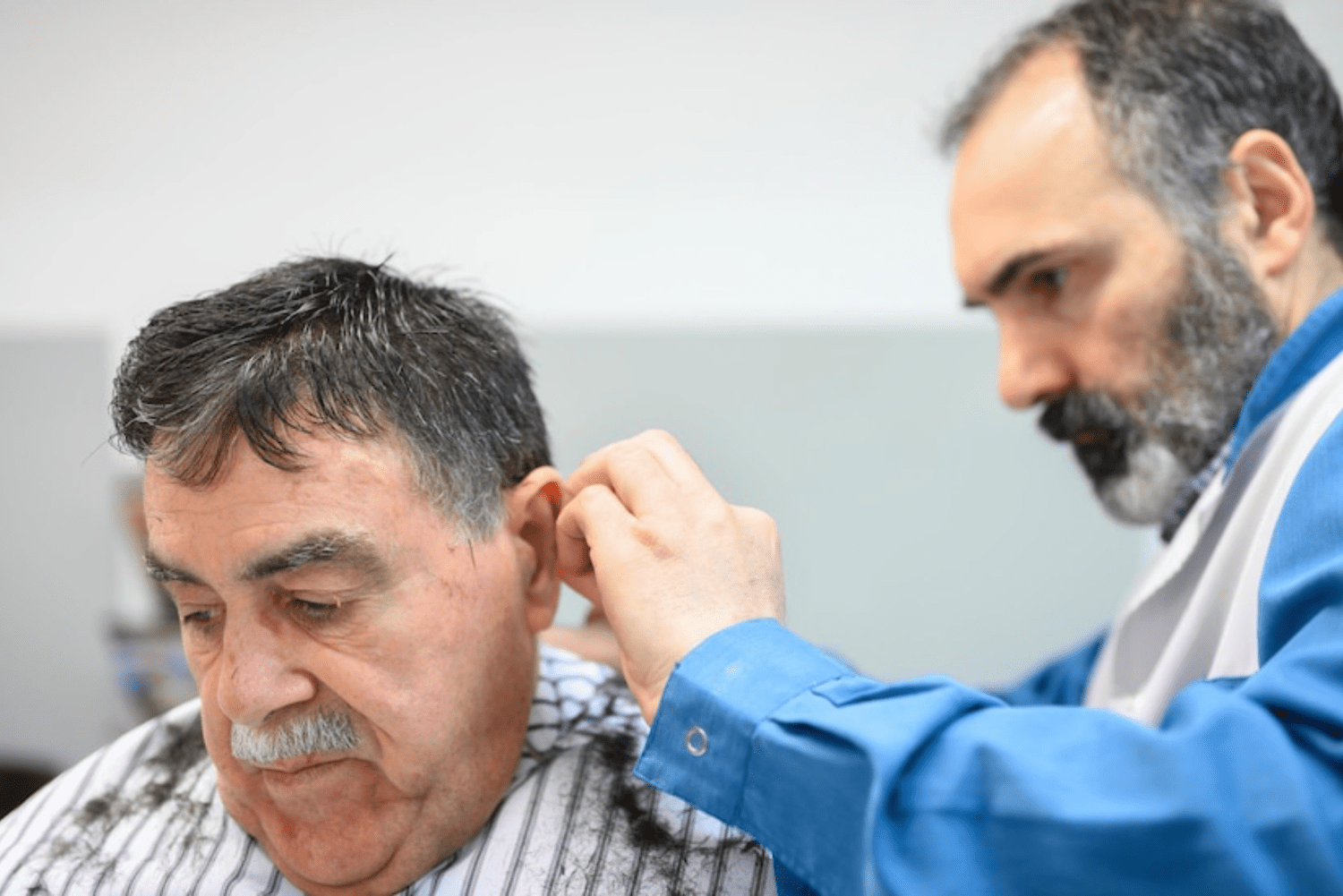What are scars?
Scars are dead tissues in the skin that occur after any injury/trauma. Any injury like acne, burns, trauma etc damage the skin and the tissue beneath it. As this clears, the body tries to repair this damage. During the healing process, the body produces collagen- a substance that gives the skin support. If the body produces too little or too much collagen, you will see a scar. The type of scar depends on how much collagen your body makes.
What is Scar Revision?
Scar revision is a surgery done to improve or reduce the appearance of scars. It also restores the function and corrects the skin changes that are caused by an injury, wound, poor healing or a previous surgery. The scar tissue is excised and the area is sutured using fine sutures to reduce the width and depth of the scar. Scar revision can significantly enhance the aesthetic appearance of your skin. Depending on the severity of the scar, revision of the scarred tissue not only restores the form but also the function.
Benefits of scar revision?
Scars can cause functional limitations or even cause other emotional and psychological issues. Cosmetically, scars can draw attention away from other aspects of a person, especially if present on the face. They can end up being the feature the person is known for. Psychologically, scars can be a painful reminder of an unpleasant incident. This can affect efforts to move on in life. For these reasons, patients seek treatment, both to improve function and cosmesis.
What are some of the common causes of scars?
Scars can be due to
- Trauma– any prior injury that healed poorly. These are usually large and wide
- Surgery– A prior surgery can leave a scar. These are usually thin and linear
- Burns– Burn scars are common after healing. These scars can cover a large area, with irregular surfaces and textures.
- Acne– Acne scars can leave multiple marks on the face
- Self-harm
Why is scar revision necessary?
Whether caused by injury, surgery or burn, scars can be disfiguring and uncomfortable. Scar tissue can be itchy or painful. Scars can be more noticeable due to their protrusion or depression in relation to the surrounding skin, their lack of orientation.
Different types of scars are:
- Hypertrophic: scars within the boundaries of the incision or wound are generally thick, red and raised in appearance
- Keloid: somewhat similar in appearance to hypertrophic scars and appear most commonly in dark-skinned individuals
- Contracture: the most severe form of a scar and usually occurs as a result of a loss of a large area of skin, are most commonly found in patients that
- have experienced burn injuries and can cause edge of skin to pull together
Surgical and non-surgical treatments for scar revision
A natural way of healing lost or damaged skin, scars are something that many
People live with them even if they are uncomfortable or unattractive. Based on the
initial consultation, your surgeon will determine which procedure is best for you.
NON-SURGICAL TREATMENT:
Steroid Applications and Injections
Steroids can help flatten and reduce the redness of hypertrophic and keloid scars. We inject steroids into the scar to break down the skin’s collagen. It’s usually done for hypertrophic and keloid scars, both of which continue to form collagen even after the wound has healed. These injections also help reduce the itching andr pain that is associated with these scars.
Silicone Gel Sheets
Silicone gel sheets can help flatten hypertrophic and keloid scars. These clear sheets are placed on the scar and worn 24 hours a day.
Z-Plasty and Related Tissue-Rearrangement Techniques
Z-Plasty is a technique used to re-orient scars. The scar is oriented by cutting the skin around the scar in small triangular flaps. These flaps usually follow a Z-shape, but the technique your doctor chooses will depend on the shape of the scar. The flaps are repositioned to follow natural lines and creases of the skin. The new scar is often less noticeable.
Dermabrasion
Dermabrasion smoothens surface irregularities such as deep lines or scars by removing the topmost layers of the skin. The afflicted area is then carefully “sanded” with a rotating wire brush or a diamond wheel until the desired amount of skin is removed.
Tissue Expansion
In this procedure, a small “balloon” is inserted under a patch of healthy skin near a scar. The balloon is filled with a saline solution to stretch the skin. The scar is then surgically removed and the balloon-stretched skin is pulled over the previously scarred area and carefully closed.
Skin Grafts
Skin from a healthy part of the body is taken and transplanted to the injured area. The grafted skin may not match the surrounding skin’s colour or texture but is done in cases of burn injuries or large defects. The area where the graft came from will also scar but skin grafts can greatly restore function to a severely scarred area.
Collagen Injections
Collagen Injections are used to rise, or fill in sunken scars. Collagen is a natural animal protein. The results of collagen injections are immediate but not permanent. The scars will eventually have to be refilled as the body slowly absorbs the collagen.
Laser Skin Resurfacing
The CO2 laser is typically used for deeper scars The Erbium: YAG laser is used for superficial scars and deeper skin tones. Both lasers remove the topmost layers of skin, allowing new, smooth skin to form. There are some lasers that can be effectively treat the pigmentation of hypertrophic and keloid scars as well.
How can these lasers help improve scars?
They work in various different ways.
- They stimulate new skin growth than can replace damaged skin.
- They can flatten scars.
- They can reduce vascularity and hence improve colour.
- They can stimulate pigmentation and improve colour.
- They can prevent a scar from hypertrophying and becoming worse.
What are the scars for which lasers can help?
Lasers can help in almost all types of scars:
- Burns
- Trauma
- Acne
- Post infections
- Post surgery
What is preventative laser treatment for scars?
Lasers can be done even while a wound is still healing. This can help prevent a bad scar rather than trying to treat a bad scar. We use this in our hospital for severely scarred tissue
What are the side effects of laser?
Lasers need to be done by someone who are trained in it. If done incorrectly they can cause issues like
- Hyperpigmentation
- Different/Altered appearance
- At our centre, we have a team of skilled dermatologists and cosmologists
- with advanced laser equipment to treat all types of scar tissue
- SURGICAL TREATMENT OF SCARS:
- Larger, hyperpigmented scars
- Deep scars involving multiple layers of the skin
- Keloidal/ hypertrophic scars that involve a wider surface area
What is the best Scar Treatment Option?
There is no single treatment that will work for every scar.
There are various options for treatment as follows
- Width of a scar can be reduced by surgery.
- Depth of a scar can be improved by surgery, fillers or fat grafting
- Surface of a scar can be improved by lasers, dermabrasion, peels, fat etc. Most often a combination of treatments will be needed to give the best result. This combination will have to be decided based on that particular scar.
What can I expect from scar revision?
No scar can be “erased” permanently. Most scars, in fact, are not easily changed.
Qualities that make a scar successful in revision are raised or depressed scars,
contour irregularities, poor lines of orientation, colour mismatch and scars
produced by blunt trauma.
Can I get completely normal skin after scar revision?
Any scar treatment can reduce the appearance of a scar. There is no treatment
which can revert your skin to how it was before the injury. However modern scar
revision techniques are so advanced that scars can be made to look very faint and
unnoticeable.
How can I stay safe while getting scar revision treatment?
- Always get treated by a trained surgeon.
- Do not get these treatments done by untrained individuals.
How to make sure of the best results?
It is important to follow the post-operative instructions during the healing phase
of the scar for the best results.
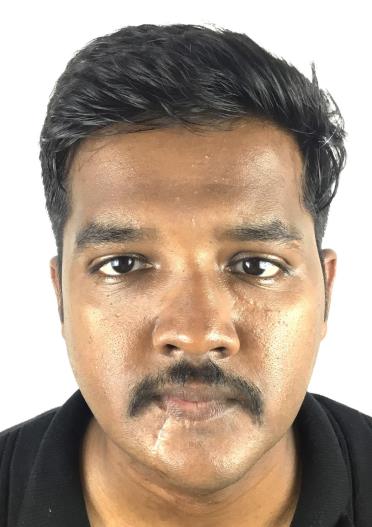
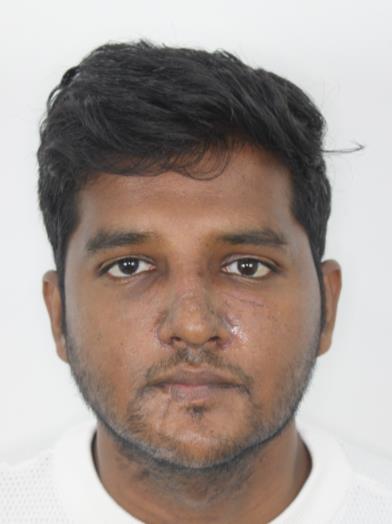
This 29-year old patient had come to us with a complaint of a scar on the right chin near the angle of the mouth after a road accident few years back. A surgical scar revision was done along with a rhinoplasty surgery to improve the overall cosmesis.
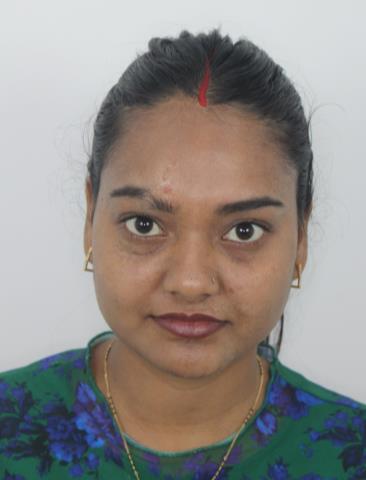
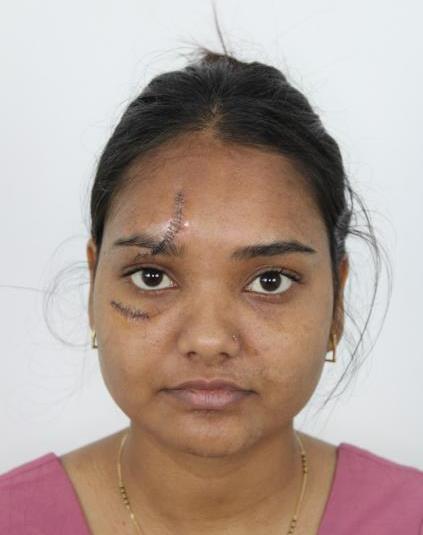
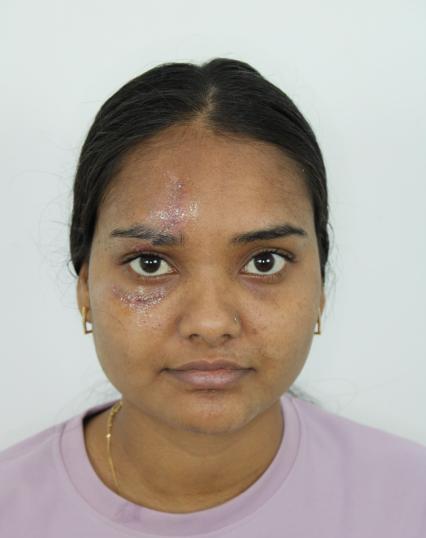
This patient had a fall injury in childhood following which she sustained scars in the right forehead and under the right eye. The scarring in the forehead caused a mismatch of the right eyebrow. Scar revision surgery was done to correct the mismatch of the eyebrow and lighten the under eye scar.
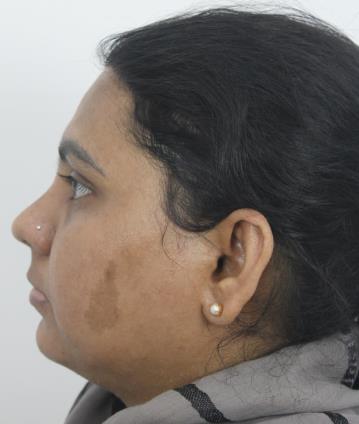
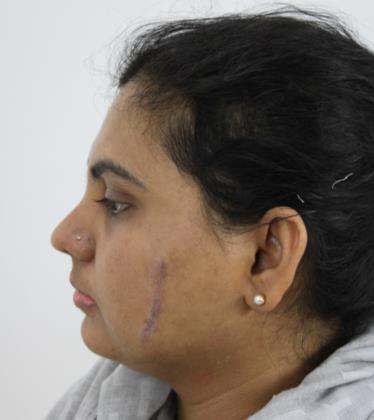
This patient suffered a burn injury in her early years, following which she had hyperpigmentation of the right cheek. She got a scar revision surgery with us where the tissue was excised and scar converted into a faint line.

